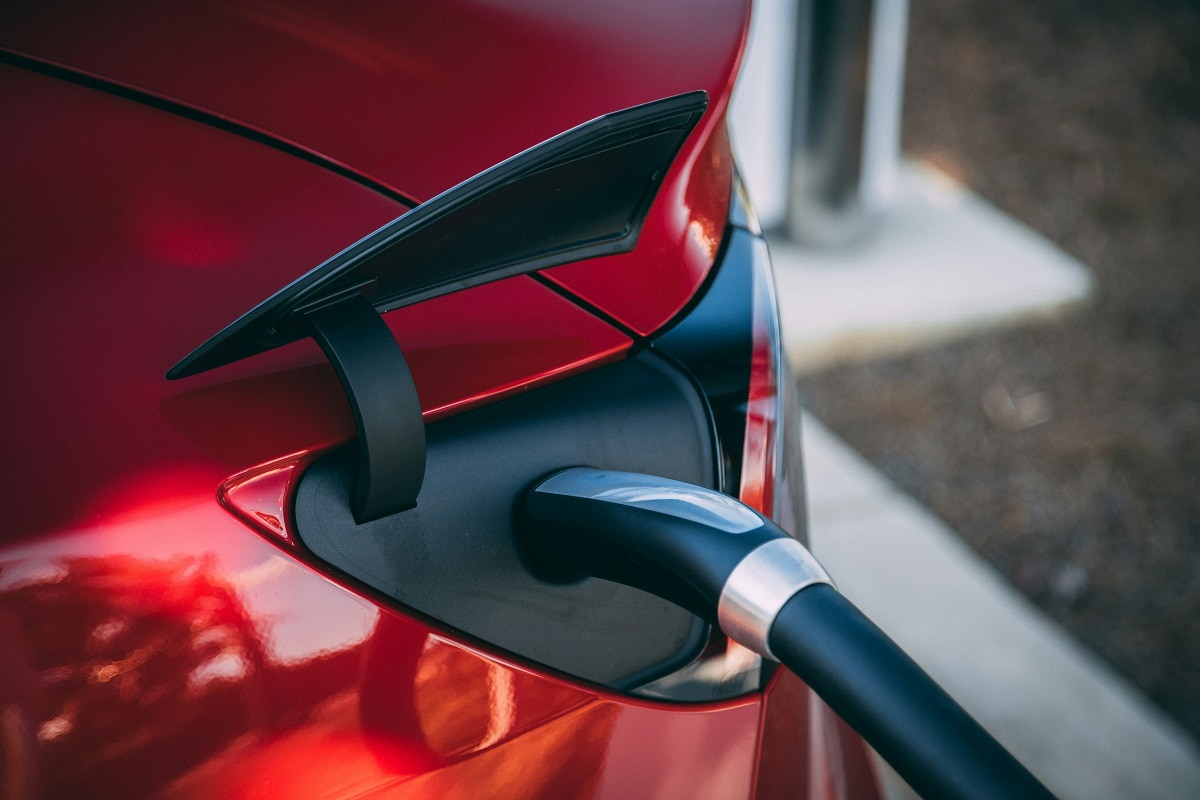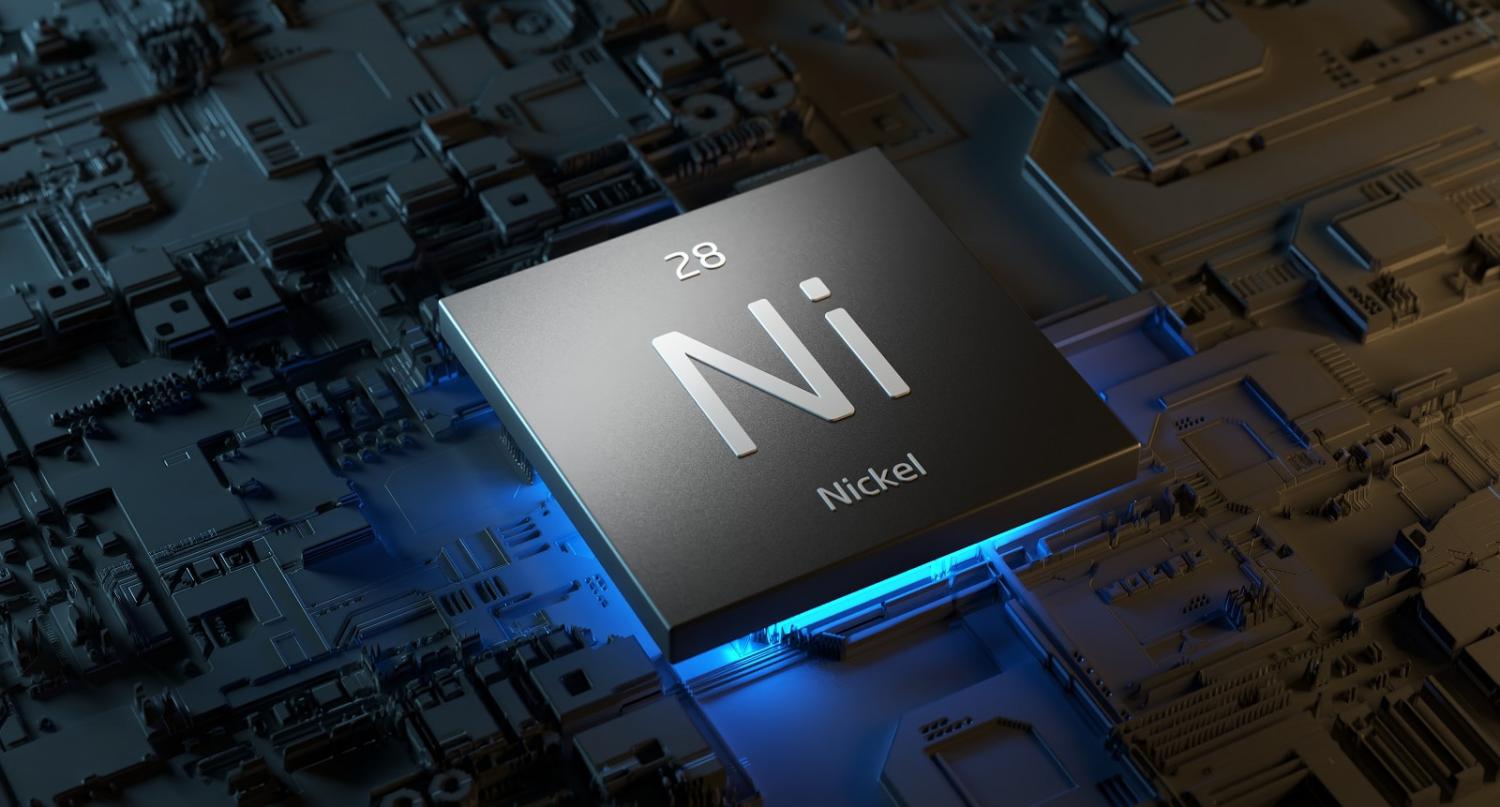Australia’s undercooked economic relationship with the Association of Southeast Asian Nations was naturally a focal point of discussion during the ASEAN–Australia Special Summit in early March.
Here, there is perhaps no greater reminder of Australia’s economic shortcomings than its underdone trade relationship with Indonesia.
Despite its huge size, proximity and impressive growth rates, Indonesia came in respectively as Australia’s fourth and fifth-largest export and import market in ASEAN across the 2023 financial year.
Another factor that makes this lack of progress particularly confounding is the considerable political effort expended to provide economic ballast to the often tempestuous political relationship. The Indonesia–Australia Comprehensive Economic Partnership (IA-CEPA), under which 99% of Australian goods will benefit from no or sizeably reduced tariffs, is the crown jewel of efforts to date.
An important but sometimes overlooked inhibiting factor in the trade relationship is the insuperable fact that both countries export similar commodities. When China temporarily stopped buying Australian coal in 2020, Indonesia rushed to fill the void.
The architects of IA-CEPA were not naïve to this. As the Indonesian middle class emerges, the hope is there will be a growing appetite for Australian services.
Riding the coattails of political momentum, there are signs that Australian universities and healthcare providers are targeting the Indonesian market with renewed vigour. While promising, these initiatives will take time to appreciably shift the dial.
Conversely, the displacement of Australian producers by cut-price Indonesian nickel has been a much more rapid and conspicuous phenomenon. A surge in Indonesian output is one of the main factors behind a precipitous 50% decline in global nickel prices from highs seen in January 2023.

Since December, Tasmania’s Avebury Nickel Mine and five mines across Western Australia have mothballed operations or materially curtailed production – resulting in more than 1000 job losses.
BHP alone has copped a AU$5.4 billion impairment against its fully-integrated Western Australian nickel assets. BHP is actively considering closing its nickel division – a move that would be ruinous for Australia’s nickel ambitions (particularly in downstream processing) and cost up to 3000 jobs.
Responding to then Indonesian President Susilo Bambang Yudhoyono’s proposed ban on the export of raw nickel in 2014 – ultimately enacted six years later by the now outgoing President Jokowi – Chinese players invested around US$30 billion in smelting facilities. Indonesia’s nickel output has since increased exponentially by around nine-fold, aided by Indonesia’s cheaper cost-base and less cumbersome regulatory environment.
For Australian producers, Indonesian output was less of a problem when inferior-grade Indonesian nickel was geared towards lower value-added products like pig-iron. Led by companies such as steel behemoth Tsingshan Holding Group, Chinese and Indonesian firms have since found a way to sublimate Class 2 nickel into higher-grade battery-grade metal. This process entails considerable deforestation and marine pollution and remains highly carbon intensive.
Australian producers had hoped to carve out a strong foothold selling into the electric vehicle battery market, through access to preferential treatment under the US Inflation Reduction Act (IRA) and an abundance of Class 1 nickel.
Australia’s nickel sector woes will unlikely be more than a blip from a macro-economic perspective. They nonetheless serve as an early reality check on an alluring narrative, which had the lucky country seamlessly transitioning away from fossil fuels exports to the downstream processing of green metals.
A torrent of disquiet from the politically powerful Western Australian mining sector has percolated across the Nullarbor towards Canberra. Australian miners have lobbied Washington to refrain from making Indonesia eligible for IRA subsidies. Australia with US backing recently unsuccessfully sought to persuade the London Metals Exchange to create a specific “green” nickel contract to differentiate Australian and Indonesian nickel.
There is evidently a disconnect between market realities and Canberra and Jakarta’s plans for “mutually beneficial cooperation” on battery manufacturing. This is likely also true for lithium – a commodity that Australia has in spades but which Indonesia lacks. In late 2022, President Joko Widodo stated plans to ask Prime Minister Albanese to “bring lithium only to Indonesia” for “value added” investment.
The president’s remarks, coupled with the tenor of current Indonesian policy, suggest Jakarta’s desire for privileged access to Australian lithium to advance its nascent battery manufacturing agenda. The campaign rhetoric of likely President-elect Prabowo Subianto portends, if anything, a doubling down on the downstream processing agenda.
While there might eventually be opportunities for Australian producers to sell competitively priced lithium shipments to Indonesia, Australia is fast realising lithium processing ambitions of its own. Australian miners are making too much of a motza shipping lithium to China to countenance cartel-like arrangements with Indonesia.
This doesn’t mean that there aren’t niche opportunities for Australian companies, including investing in Indonesia. Despite Australia’s mining prowess, Indonesia’s mining sector has never been a particularly lucrative hunting ground for Australian companies. ASX-listed Nickel Industries is an isolated example of an Australian company making a fist of it.
Mining is only a microcosm of Australia’s underdeveloped investment footprint in Indonesia (and the region as a whole), including in other sectors where it predominates, such as banking. Hopefully, the government’s newly minted AU$2 billion ASEAN investment facility will go some way to overcoming corporate Australia’s entrenched reticence.

